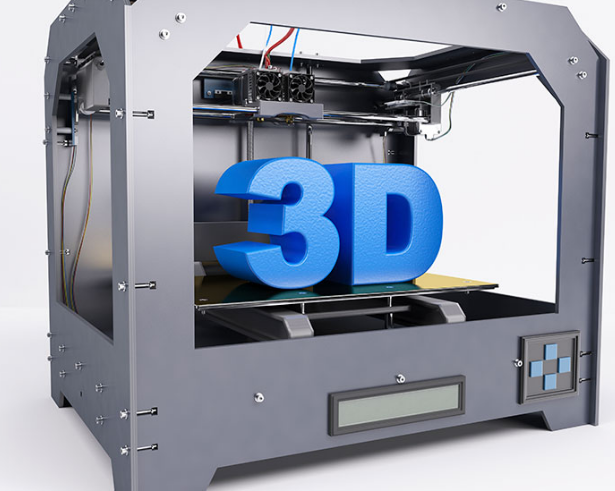
-
Manufacturing Method: 3D printing technology, also known as additive manufacturing, is different from traditional mechanical machining methods. Instead of subtracting excess material from a block, it constructs objects by layering material. This means that 3D printing can create complex geometric shapes, even internal structures, that are challenging to manufacture using traditional machining methods.
-
Materials: 3D printing can utilize various types of materials, including plastics, metals, ceramics, composites, and more. These materials can be chosen based on the specific requirements of the application, making 3D printing suitable for a wide range of industries, from medical devices to aerospace.
-
Accuracy: The accuracy of 3D printing is typically limited by the equipment and materials used. While high levels of precision can be achieved, for certain applications, especially those requiring extremely high precision engineering parts, traditional machining methods are still the preferred choice.
-
Rapid Prototyping: 3D printing excels in rapid prototyping. It can quickly create physical prototypes, helping engineers and designers validate design concepts, saving both time and costs.
-
Customized Production: 3D printing allows for personalized customization in mass production. This is particularly useful in applications like custom prosthetics in healthcare, orthodontic braces, and personalized parts in aerospace.
-
Reduced Waste: Traditional machining methods often generate a significant amount of waste, whereas 3D printing is a nearly waste-free manufacturing method because it constructs objects directly from the design without the need to remove excess material.
-
Design Freedom: 3D printing provides designers with greater freedom, enabling complex and customized designs. This design freedom finds widespread applications in art, architecture, and creative industries.
In summary, 3D printing technology is leading a revolution in the manufacturing field. It complements traditional mechanical machining methods and expands the possibilities of manufacturing. However, it also has its limitations and challenges, such as material selection, manufacturing speed, and accuracy constraints. Therefore, when choosing a manufacturing method, it's essential to weigh the pros and cons based on the specific project and requirements.





 Customer service 1
Customer service 1  Customer service 2
Customer service 2